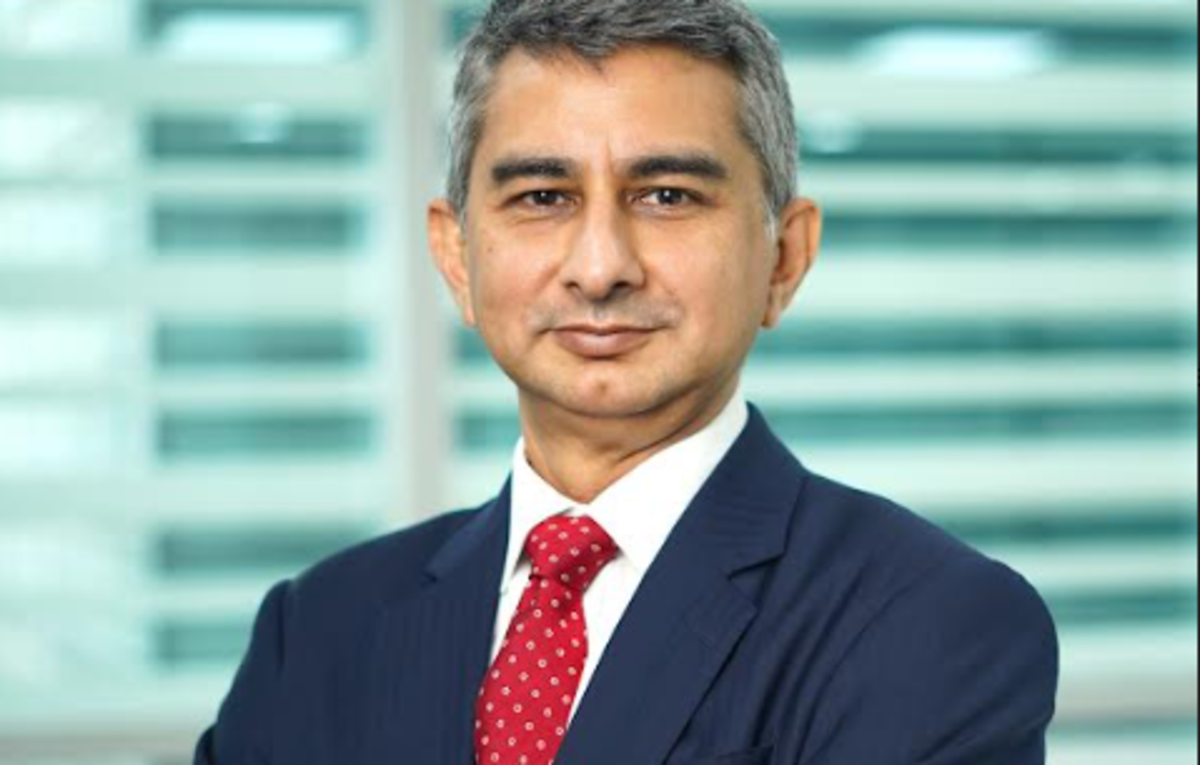India, with a GDP size of INR 1,200 lakh crore (US$ 14.5 trillion), is currently the 3rd largest economy in PPP terms behind China (~INR 2,872 lakh crore or $34.6 trillion) and the US (~INR 2,274 lakh crore or US$ 27.4 trillion).
A consistent growth of the construction sector (10.7% in FY24) has contributed significantly to the overall GDP growth over the past few years. In 2020 a national level pipeline of greenfield infrastructure projects was created in the form of INR 111 lakh crore (US$ 1.4 trillion) National Infrastructure Pipeline.
By 2023, over 50% of these projects were under various stages of implementation. The Interim Budget 2024-25 had allocated INR 11.1 lakh crore (US$ 133 billion) for capital investment in infrastructure, an 11 % increase over the previous year’s budget. India’s ambitious plan to achieve INR 415 lakh crore (US$ 5 trillion) economy on nominal basis by FY28 (from currently INR 326 lakh crore) calls for spending INR 140 lakh crore (US$ 1.7 trillion) on infrastructure.
While the focus on new construction projects is crucial for stimulating economic growth, generating employment opportunities, and enhancing operational efficiencies for citizens and businesses, the importance of maintaining existing infrastructure assets cannot be understated.
At present, a substantial portion of operational infrastructure assets in India, function under the Public-Private Partnership (PPP) model or government operation. This existing infrastructure forms the backbone of the country’s economic activities and daily operations. As the nation progresses towards modernization and urbanization, it becomes imperative to strike a balance between funding new infrastructure ventures and ensuring the upkeep of the existing assets/modernization to keep up with usage conditions.
In the energy sector, initiatives like repowering wind farms hold significant potential for enhancing renewable energy capacity. With numerous high-wind-potential sites (particularly in Tamil Nadu) operating old turbines of lesser capacity (in the 0.1 to 0.5 MW range), a strategic policy overhaul and targeted budget allocations are needed to optimize power generation.
Rapidly reducing prices of battery energy storage solutions supplement the additional renewable capacity addition to accelerate energy transition. Furthermore, policy interventions, such as time-of-day tariffs and grid balancing strategies through gas-powered procurement, can bolster energy sustainability and grid stability.
Transport infrastructure plays a crucial role in facilitating seamless connectivity and efficient mobility. The Interim Budget 2024-25 had allocated INR 2.76 lakh crore (US$ 33 billion) and INR 2.55 lakh crore (US$ 30 billion) for Ministry of Roads and Ministry of Railways respectively.
However, the existing transport infrastructure has a long way to catch up with the quality and safety aspects of those in developed economies. Enhancements in tolling technologies, transitioning towards barrierless tolling systems, and leveraging insurance data linkage for traffic regulation and revenue recovery are essential steps for modernizing road networks. Similarly, ensuring safety and efficiency in rail transport through signaling upgrades, centralized systems for high-density corridors, and last-mile connectivity enhancements for urban transport systems are critical aspects that require immediate attention.
The number of airports in Inda doubled to 149 by FY23 from just 74 in FY15. However, the number of domestic passengers also registered a rise from ~190 million to ~270 million during the same period. The aviation sector in India is witnessing escalating demands with major airports nearing peak capacity and optimal traffic volumes.
To address congestion issues and enhance operational efficiency, measures such as digital innovations for airport access, facial recognition for immigration processes, and infrastructure improvements in airports are imperative. Likewise in the ports sector, budgetary allocations to overcome port bottlenecks like silting and draft constraints can significantly enhance India’s competitiveness in cargo transshipment and exports.
Water resource management and waste disposal are integral components of urban infrastructure development. Implementing progressive policies to modernize water networks, employing smart meters and IoT sensors for anomaly detection, and efficient rectification are vital steps to ensure sustainable water supply and optimize resource allocation. Managing municipal waste effectively, considering the escalating waste generation rates, and fostering collaboration with waste management concessionaires for plant enhancements and waste diversification strategies are essential for environmental sustainability.
Amidst the escalating concerns surrounding global warming and climate change, integrating green initiatives in infrastructure development becomes imperative. As of 2022, ~52% of the total green-house gas emissions in India were contributed by power generation, transportation, waste, and building & construction sector cumulatively.
In August 2022, India updated its Nationally Determined Contributions to reduce emissions intensity of its GDP to 45% from 2005 levels by 2030. This calls for deployment of innovative solutions such as compulsory afforestation programs, tree-lined roads, and similar environmental measures which can contribute significantly to reducing carbon footprints and promoting ecological balance.
By seamlessly blending infrastructure maintenance with new construction endeavors and embracing sustainable practices, India is poised to forge a path towards holistic development that prioritizes economic growth, societal well-being, and environmental stewardship.
The prudent allocation of resources, mindful prioritization of infrastructure projects, and the seamless integration of maintenance practices are indispensable for fostering a resilient and progressive infrastructure ecosystem in India.
(This article is written by Author- Bhavik Damodar, Partner, Deloitte India)


